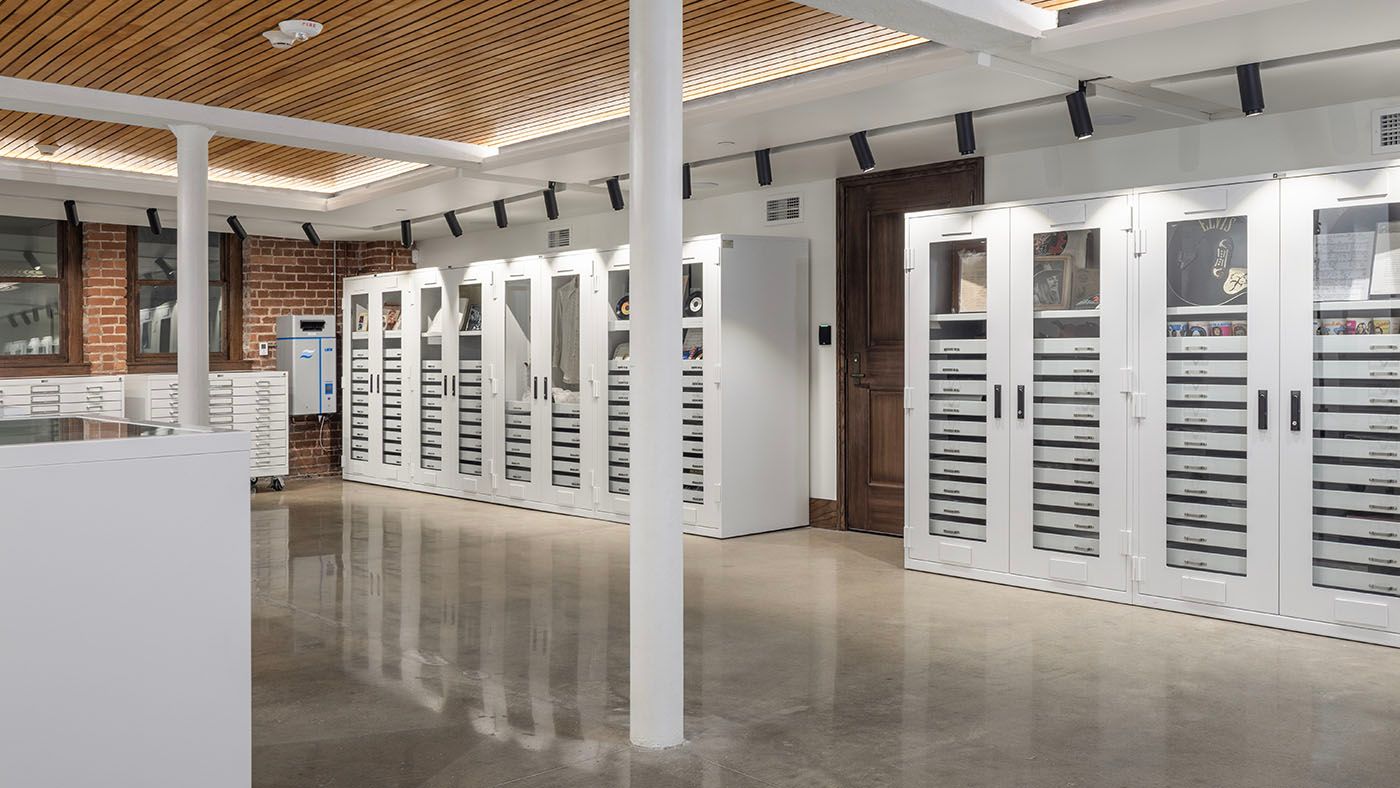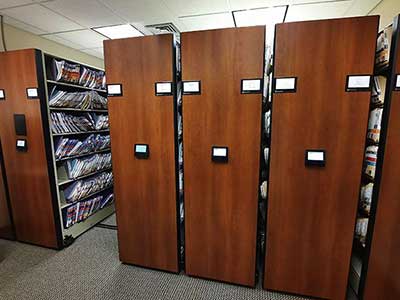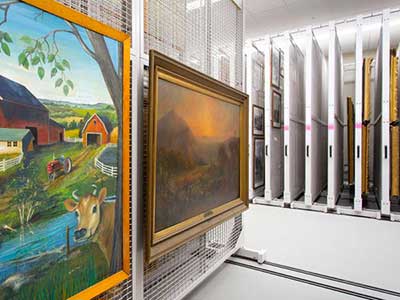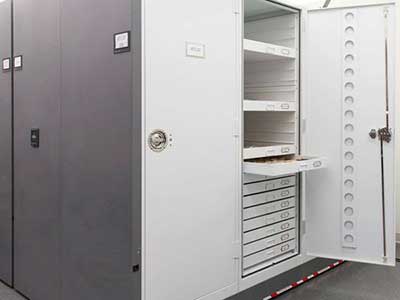Visible Storage in Exhibit Design
Creating an Immersive Environment for a Unique Collection
The Art Preserve of the John Michael Kohler Arts Center was designed to store and display the center’s collection of artist-built environments. The planning and design teams worked closely with Spacesaver’s engineers to create storage solutions that would protect collections while also promoting accessibility and visibility.
The Challenge
Consolidating and Displaying a Diverse Collection
Many of the objects now featured at the Art Preserve were formerly stored in the John Michael Kohler Art Center’s underground storage facility and in off-site warehouses. The purpose of the Art Preserve was to consolidate these works under one roof, make them more accessible, and design exhibit spaces in a way that would give scholars and casual visitors a more complete sense of the environments that these artists created. View the full case study for more photos.

Art racks form pull-out “walls” and allow staff to instantly change out works on exhibit.
In one tableau, elevated ceiling-mounted racks pull out over flat-file cabinets to simulate an artist’s densely packed apartment.
The Solution
Storage and Display
The design team worked with Spacesaver’s engineers to create visible storage solutions throughout the facility. Each artist’s work is presented in a tableau intended to mimic the environments they created.

Download the Story
Download the Story

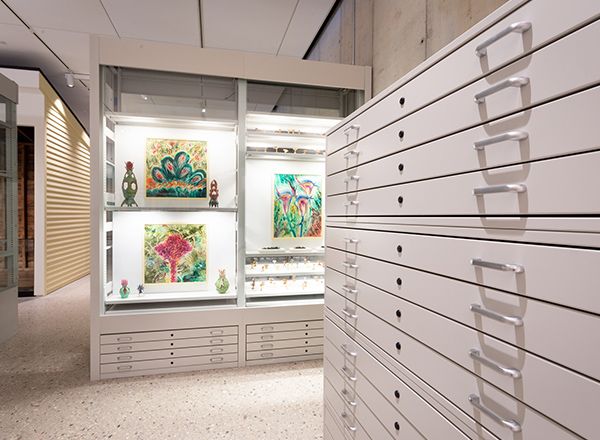
Custom display cabinets protect items on display and provide secure access for authorized staff. Flat-file cabinets (also called “map cabinets”) preserve and organize small objects and works on paper.
The Result
‘A Lively Space’
The end result is an engaging, dynamic facility with room to grow. See the full case study to learn more. Get design tips and see more visible storage projects.

Related Products
Next Up in Museums
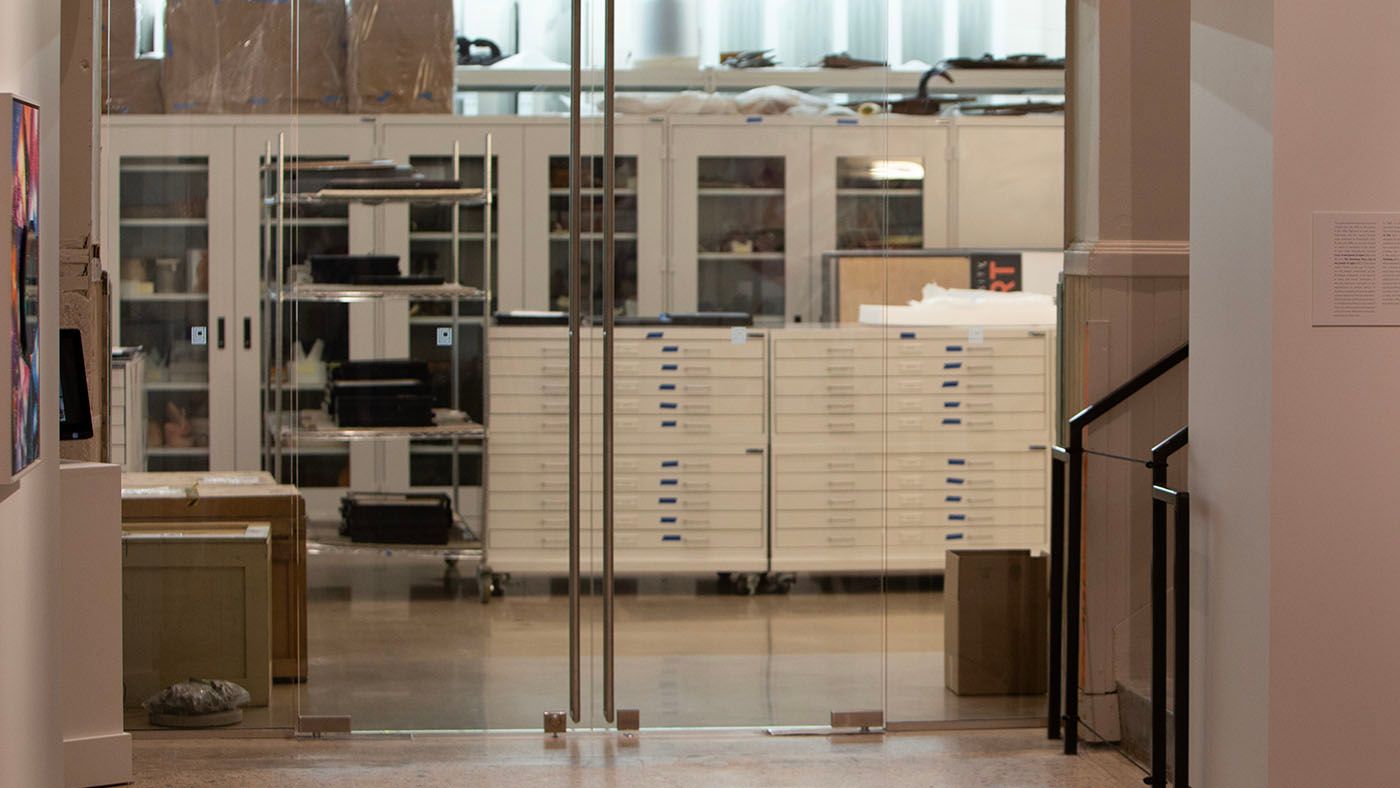
Examples of archival storage for museums and cultural institutions.
Read On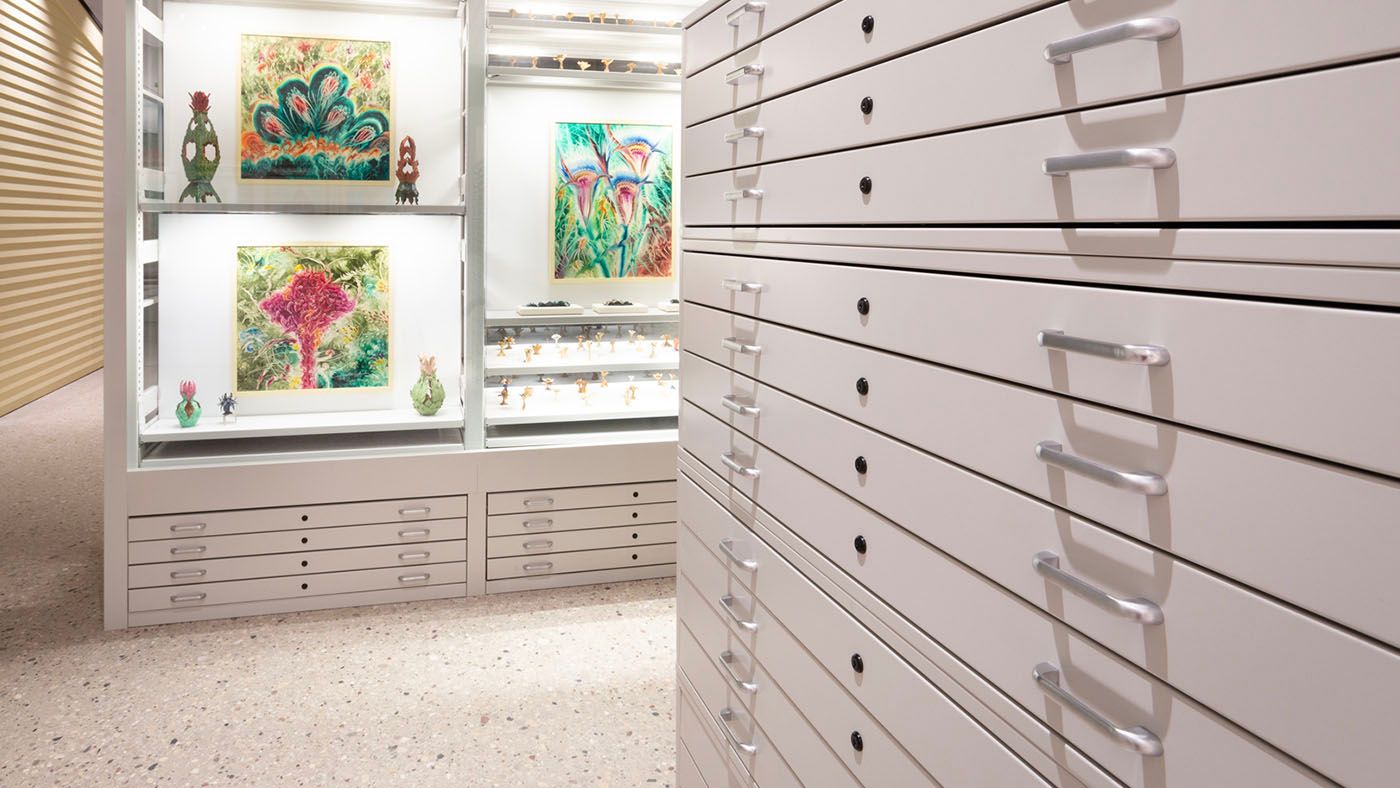
Secure and Preserve Your Art Collections with Premium Museum Storage Cabinets
Read On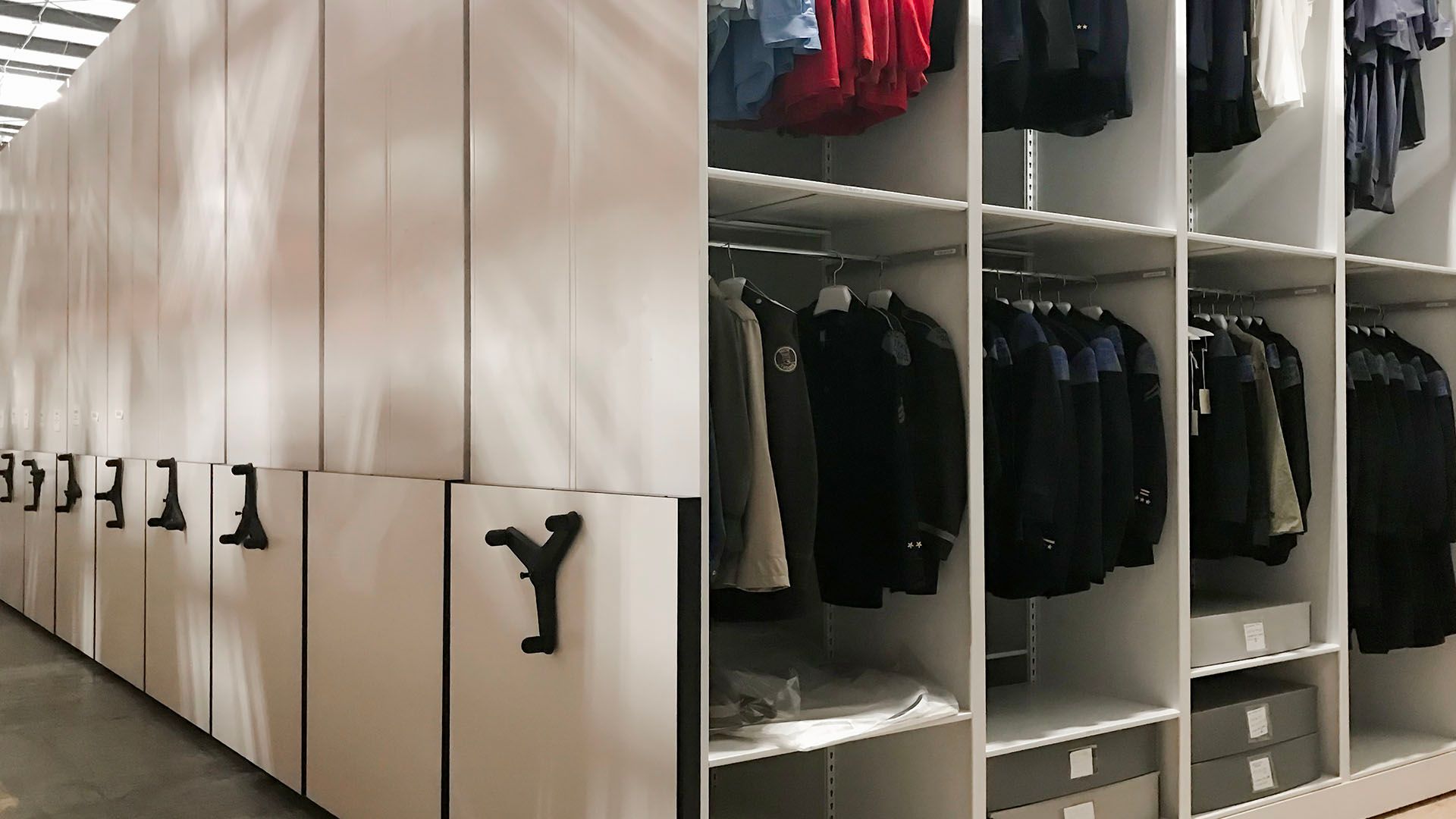
Storage solutions for preserving historical artifacts in limited spaces.
Read On